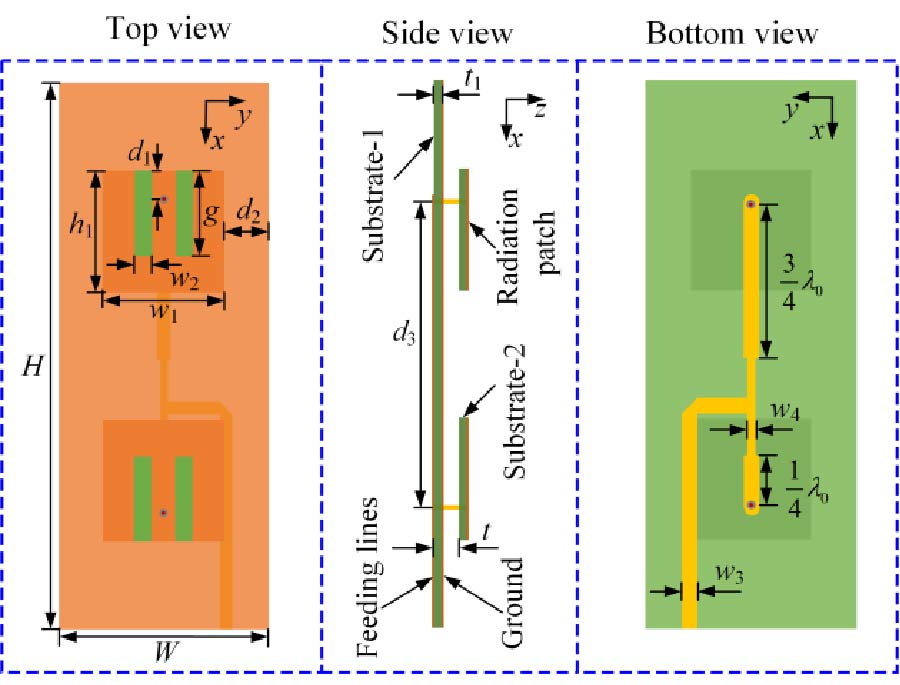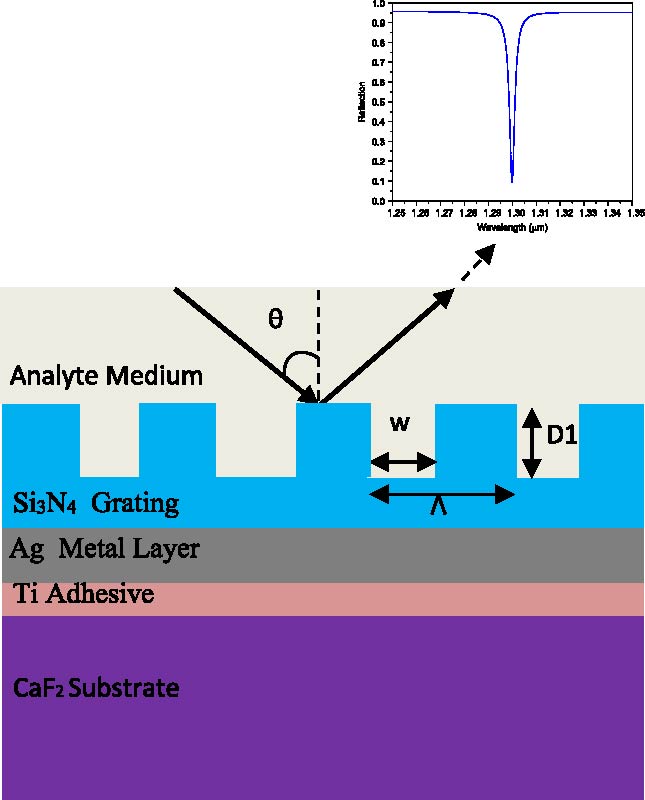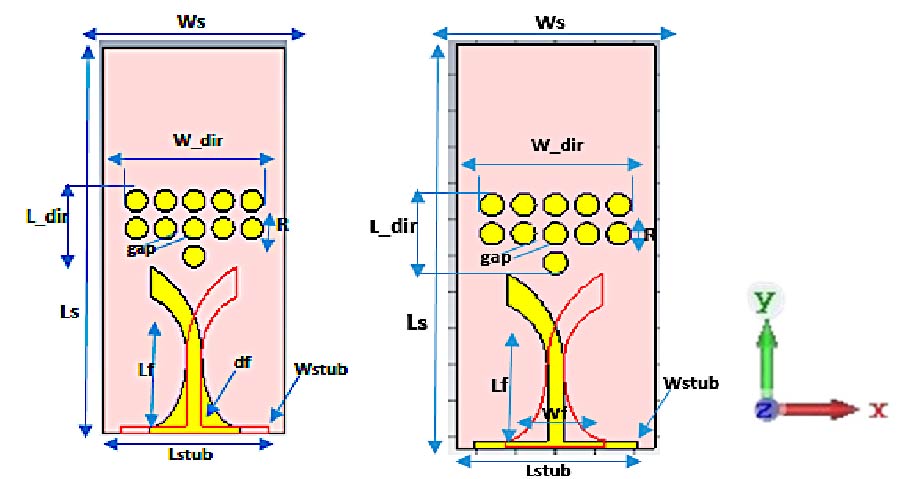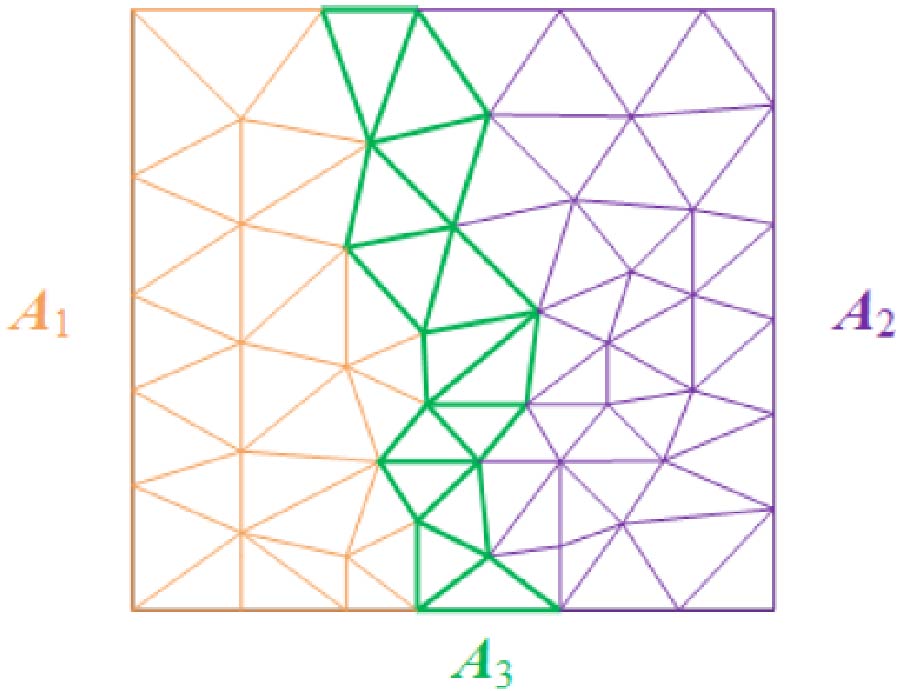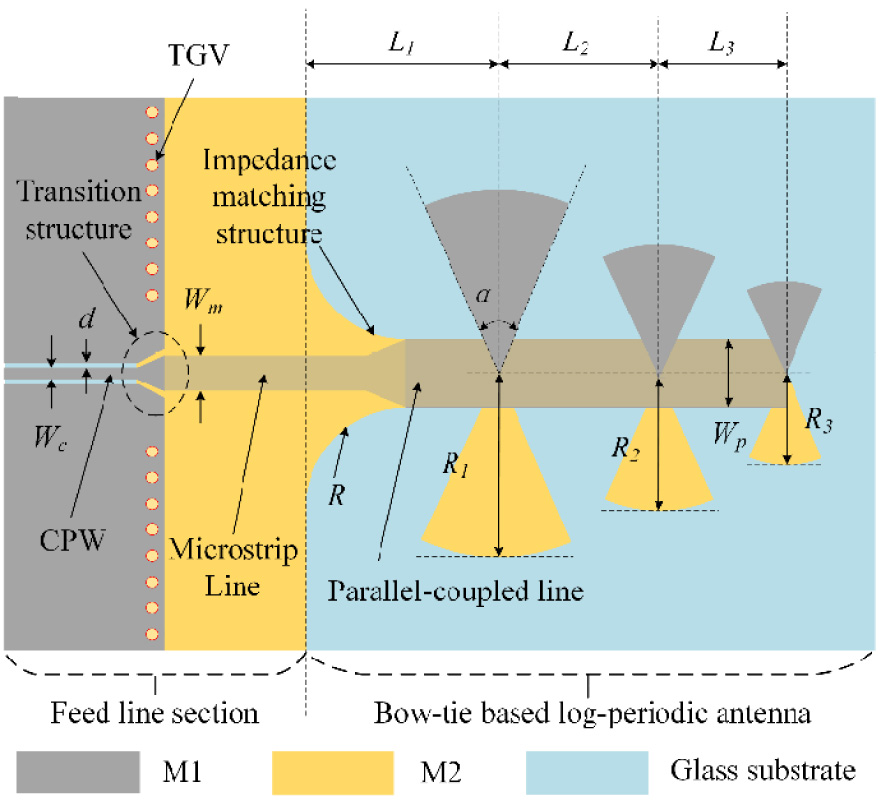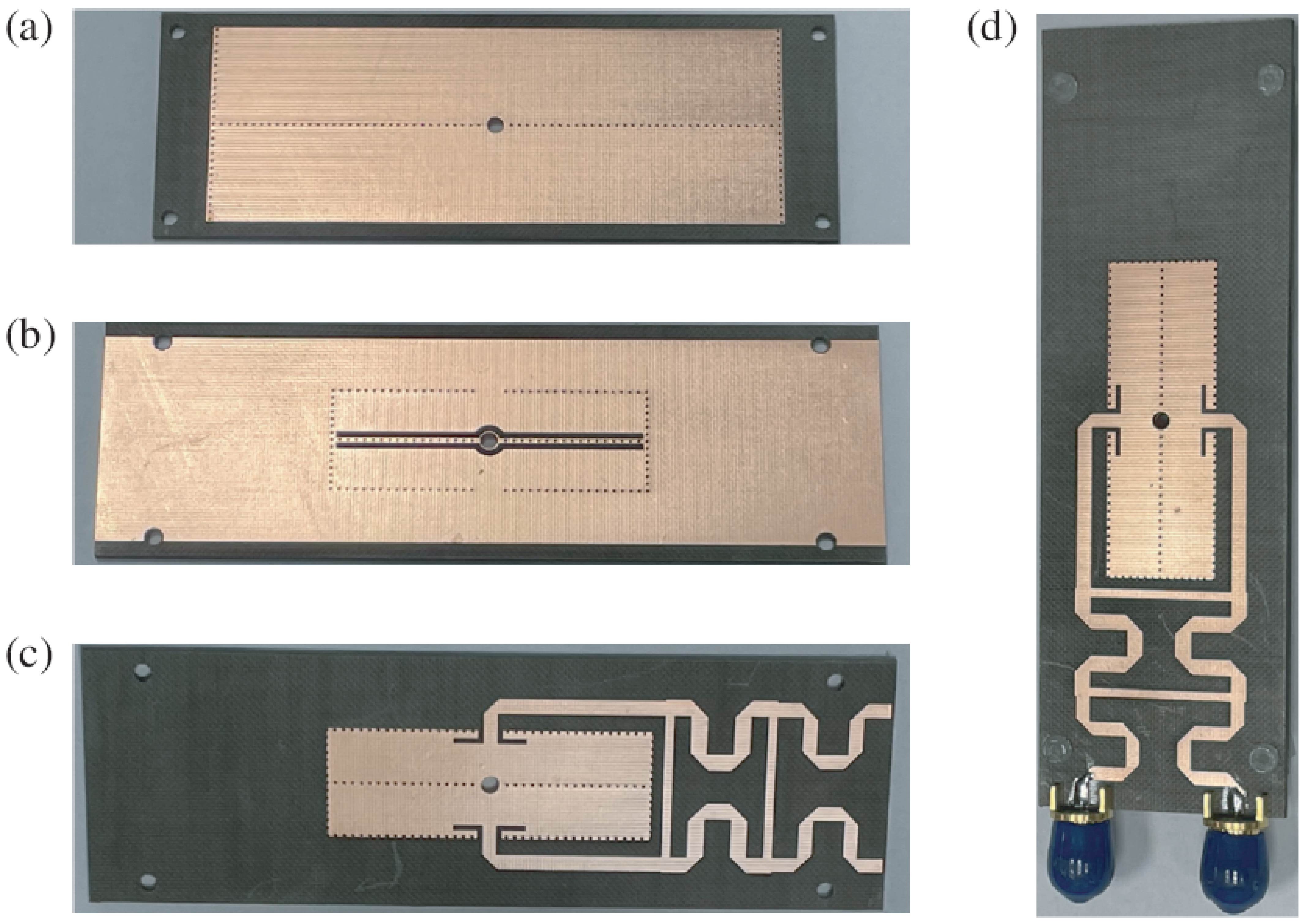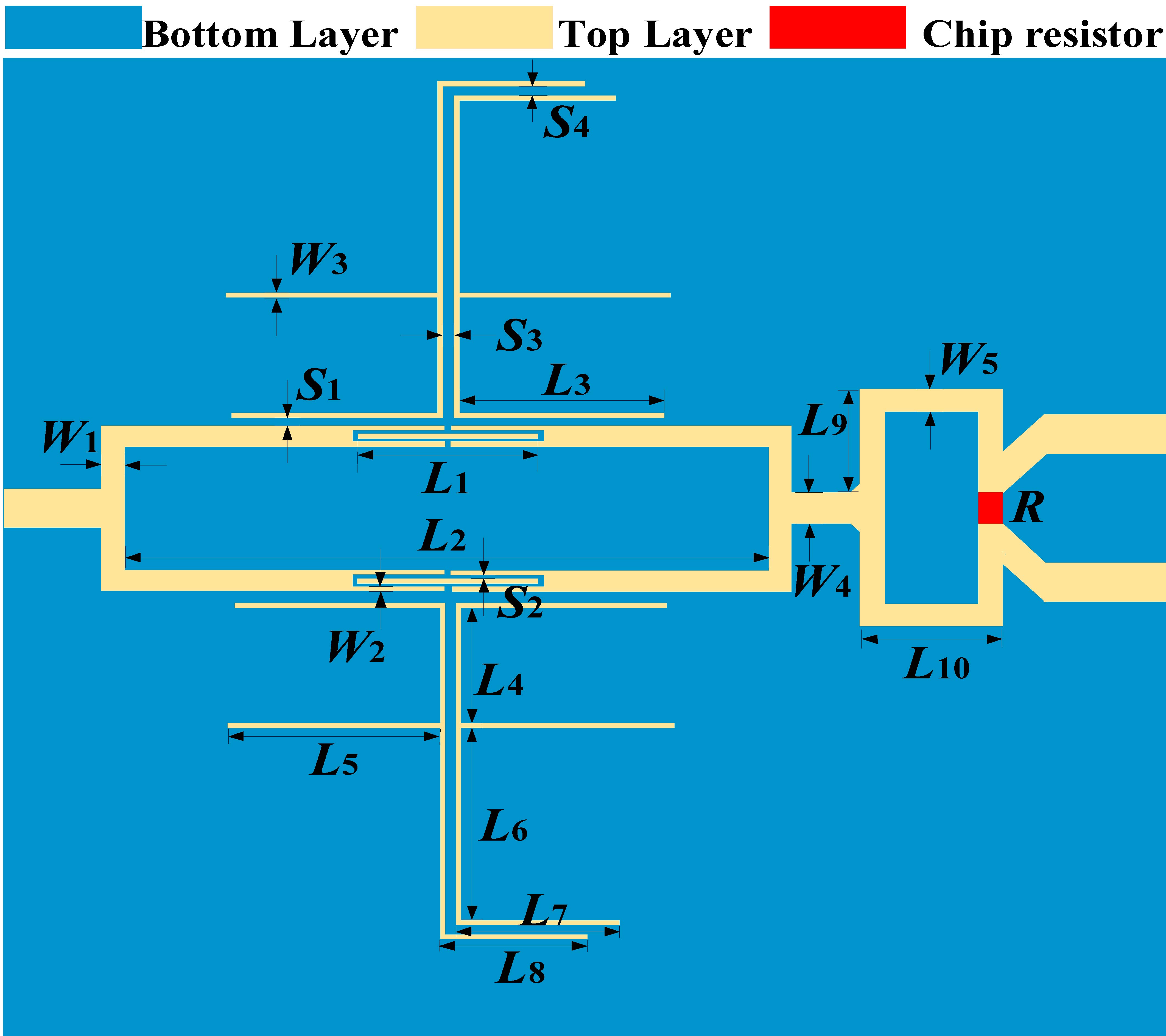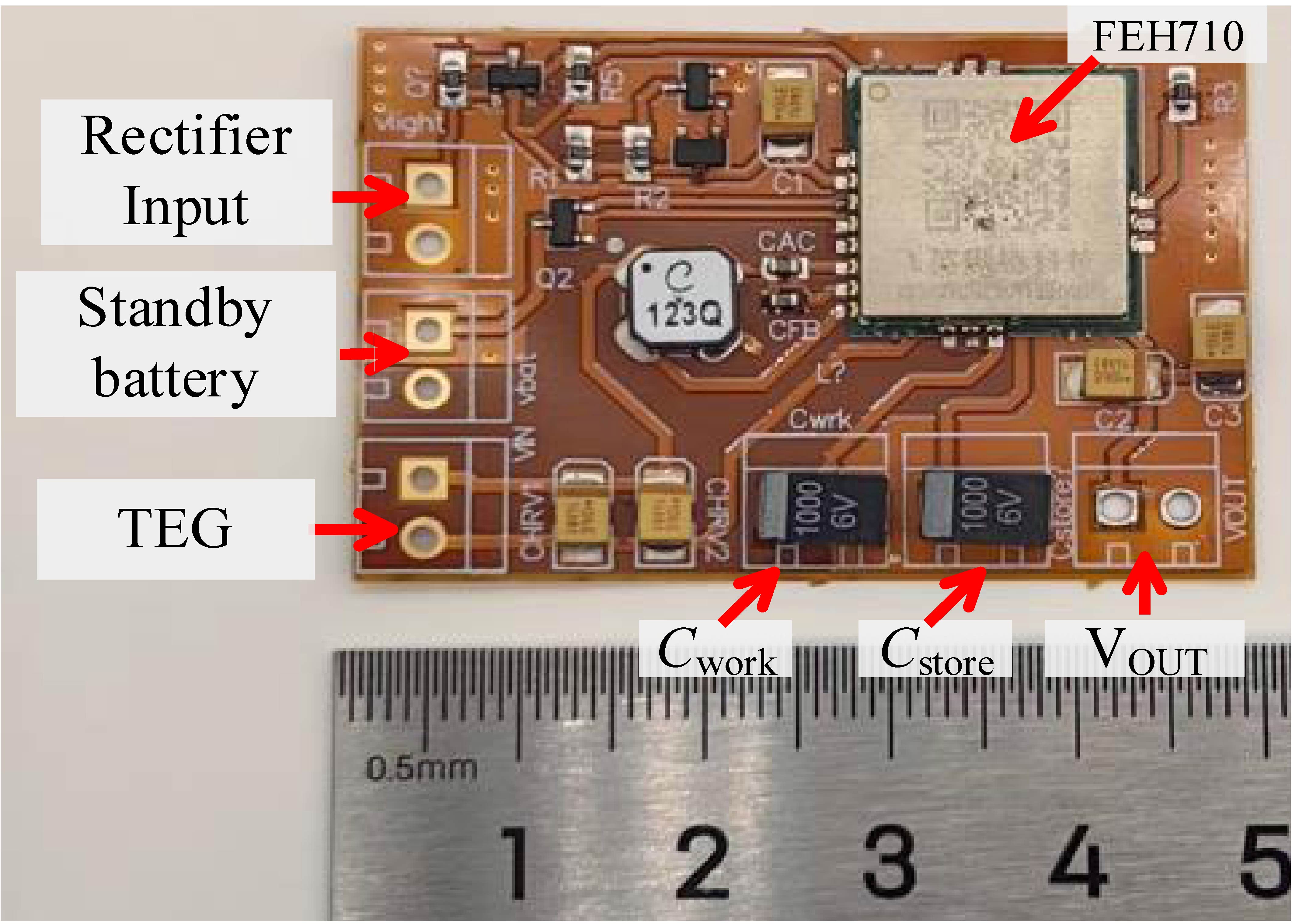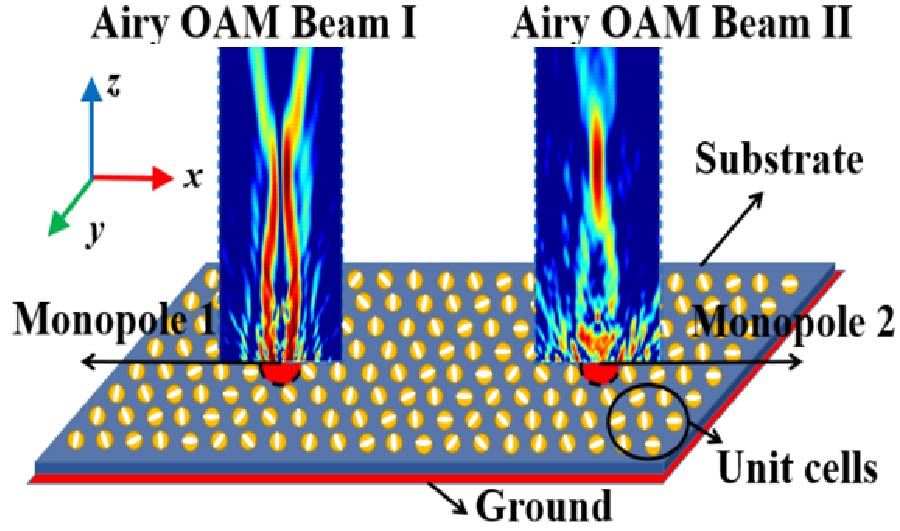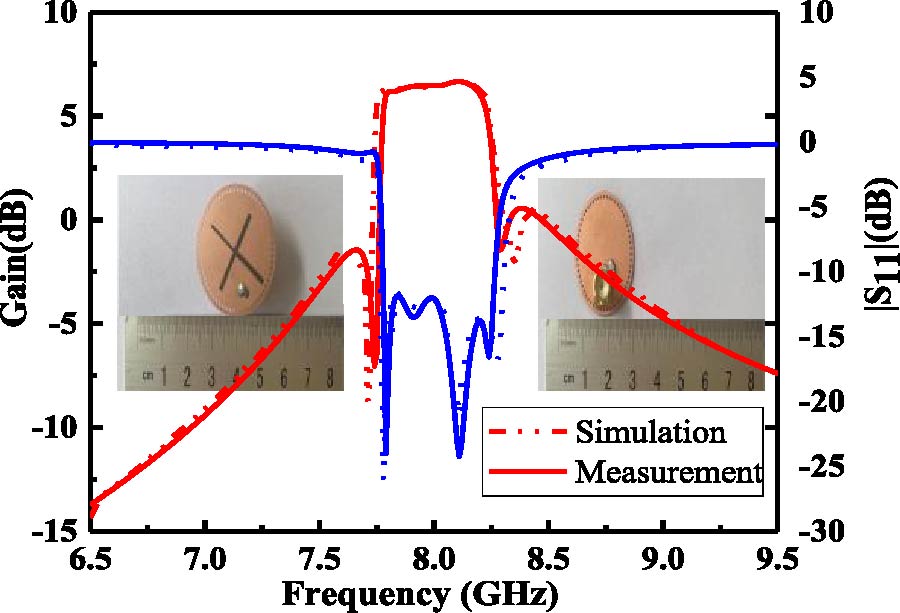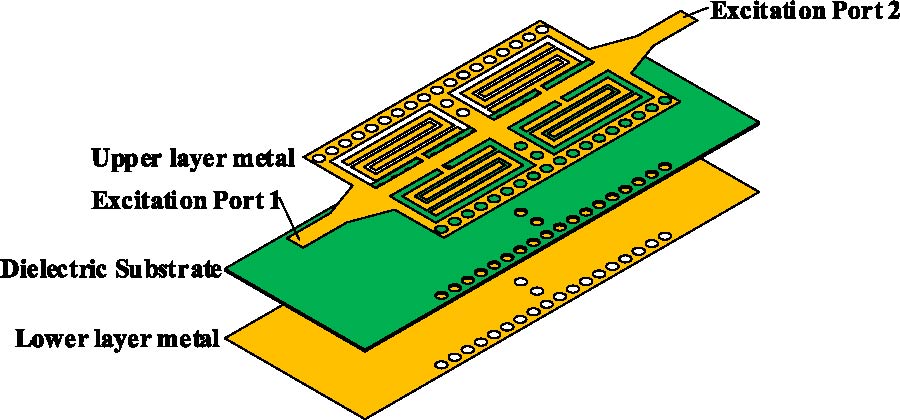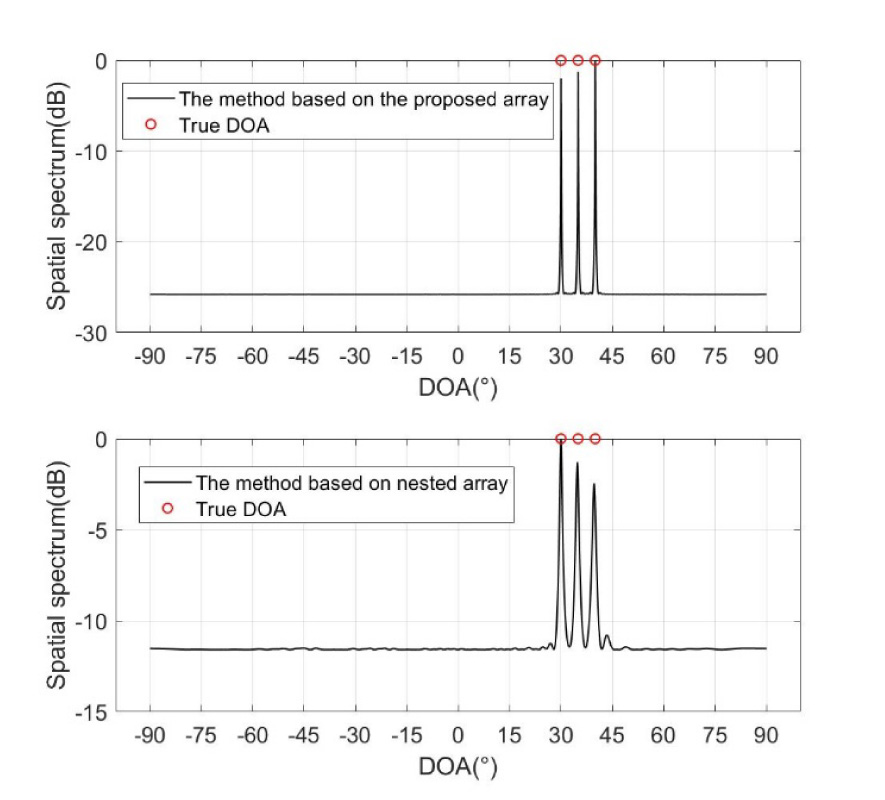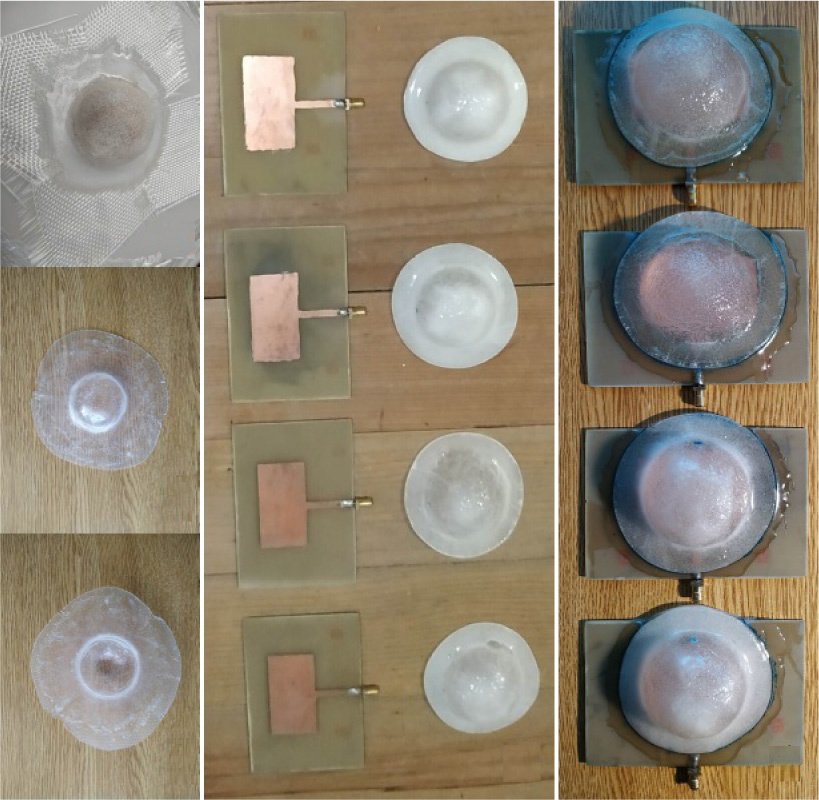Millimeter-Wave Dual-Frequency Dual-Polarized Circular Airy OAM Beams by Tensor Holographic Impedance Metasurface
Hui-Fen Huang and
Yingjing Ma
In this paper, analytical formulas for tensor holographic impedance metasurface (THIMS) are presented to generate circularly polarized (CP) circular Airy orbital angular momentum (OAM) multibeams with flexibly independent control of the beam direction, polarization and OAM mode. As an example, a millimeter-wave THIMS is designed to generate CP circular Airy OAM dual beams: Beam-I: (θ1 = 0, φ1 = 0, LHCP, l = +1, 36 GHz), Beam-II: (θ2 = 0, φ2 = 0, RHCP, l = 0, 30 GHz). To the knowledge of the authors, for the first time, the THIMS generates circular Airy beams. Compared with the published metasurface on Airy beam, the created THIMS has the following advantages simultaneously: dual frequencies, dual CP, small size 30λ0 at 30 GHz, high conversion efficiency (CE) (above 40%), long nondiffractive distance (ND) (up to 134.4λ0), high OAM purity (above 89%), co-modulation for polarization, beam direction and OAM mode. The generated circular Airy OAM beams can be used in near-field scenarios such as high-efficiency wireless power transmission (WPT), high-capacity communication systems, and high-resolution imaging.
